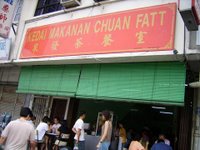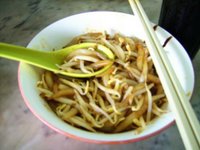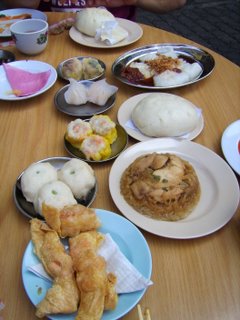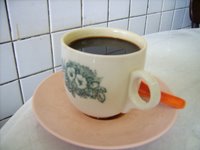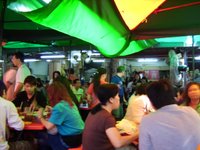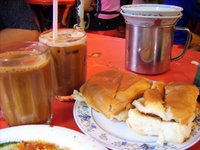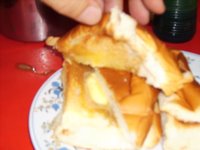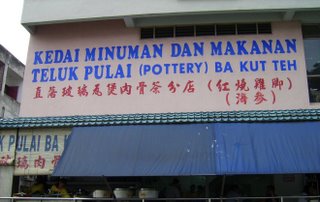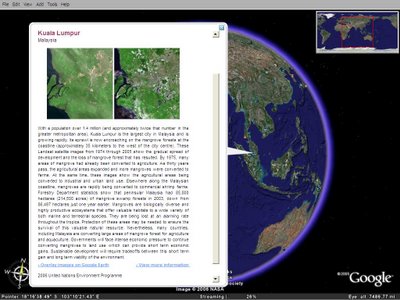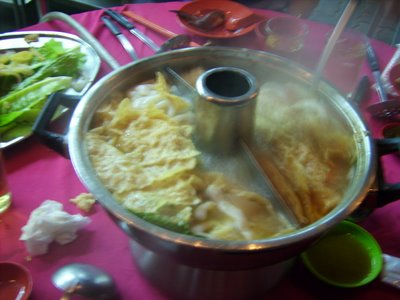
Whoops.. I am soo very sorry. I have such serious deadlines that I could not even spare some time during meals to write about my favourite topic. But alas.. a breather. And what would I like to share? Steamboat!
I am sure you've seen it somewhere (ie Hong Kong triad gang movie? No?). But the way people of different culture and family upbringing would result in differring methods of enjoying this meal. I have seen "gwei lou" (caucasions lah*) throwing everything into the boiling soup including noodles, eggs and all. Er... My sister suggest you eat instant noodles better than wasting the wonders of steamboat. I have also seen some families that throw in the noodles first, and eat the meat and veges later (kinda spoils the soup, don't you think?). Anyway, I am not teaching you how to eat, just sharing my thoughts about how people eat. But let's talk about Restoran Ketam Steamboat Seafood.
Malay-English Translation
Restoran - Restaurant
Ketam - Crab
Location: Bukit Menjalara, Kepong, Selangor
Food rating: Good!
Review
Now, first of all.. Do not be mistaken that you boil crab in the steamboat. You can do that, but it is very difficult to eat it while it is piping hot from the pot. Ketam here refers to a place called Pulau Ketam, which is an island well known for its fishing village and seeaaaffooooddd.
That aside, steamboat alone cannot attract customers. You will need sauce. Specifically, chilli sauce. Good chilli sauce enhance the steamboat experience. Close your eyes and try imagine this. You are at a very cold place. Your hands and body are cold. Then there is this hot pot with soup and all sorts of vege and meat. You pick one up (probably a thin slice of beef that is just cooked perfectly) and you dip it into the creamy aromatic sauce and slurp them all in, meat and sauce and let the aroma weld up in your mouth. Oh heaven!
Anyway, back to this steamboat thingy, the concept is quite similar to fondue. But instead of thick sauce like chocolate or cheese, we have clear soup as base. And in Hong Kong it is usually clear soup and Taiwan/China you may have "ma la" which literally means numbing spicy. We have everything here in Malaysia. We have clear soup, herbal soup, tom yum (thai spicy soup), "ma la", and evern creamy satay sauce (which they call "celup"). This restoran ketam offers you clear or tom yum soup, you can have both (half soup and half tom yum separated like the photo above.
If you have good chilli sauce like this shop does is usually good enough, but if you coupled that with good soup, then the steamboat will be superb. Unfortunately it is kinda difficult to find such great combination. Some shop do not even have that both. For this Restoran Ketam, the sauce is really fragrant and spicy. Though the soup is just ok, the sauce help make up the rest.
The veges and meats given is also fresh, but I still prefer more fresh meats than process emats like this restaurant does. But overall it is fairly good ler...
